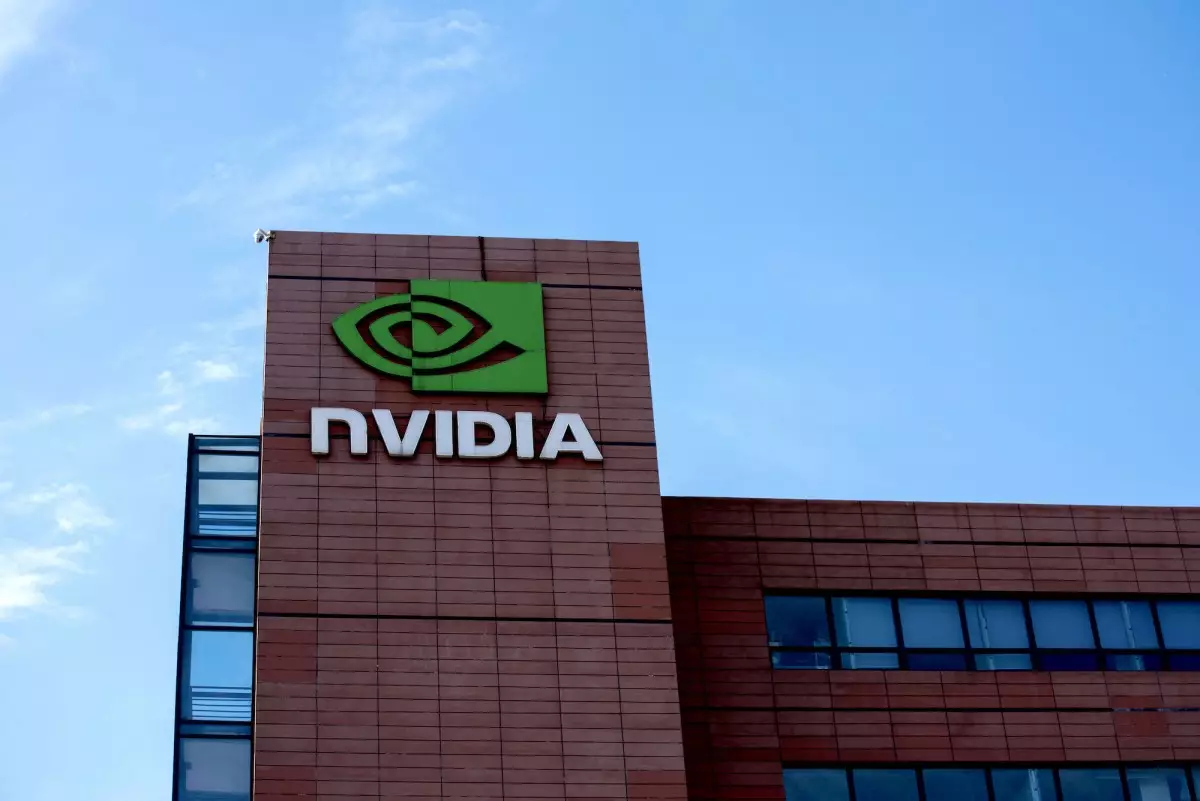In a surprising turn of events, Nvidia’s CEO Jensen Huang has seemingly brokered a deal with the Trump administration that circumvents potential export restrictions on their latest AI chip, the H20. This chip, notable for being the most advanced option still permitted for export from the U.S. to China, is seen as a pivotal element in China’s AI ambitions. The deal, allegedly struck during a dinner at Trump’s Mar-a-Lago estate, not only defies prior expectations of restrictions aimed at the chip but also raises profound questions about the interplay of corporate influence and government policy.
Huang’s promise to invest in AI data centers across the U.S. appears to have won him favor with the administration. In doing so, he has navigated through a maze of fears and criticisms that have been pervasive within the semiconductor industry. The H20 chip, although modified to possess lower performance than its competitors, serves a critical role in furthering China’s AI capabilities. The fact that the Chinese company DeepSeek utilized it to train the R1 open AI model, which has gained acclaim for its robust performance, made these chips a target of concern for many U.S. stakeholders.
The Implications of Policy Reversal
While Trump had previously signaled a likely tightening of regulations on H20 exports, this newfound leniency is indicative of a significant policy reversal. It is indeed perplexing that the administration would bypass the goal of establishing unequivocal U.S. dominance in AI technology. By choosing to permit these exports to China, the Trump administration is not only undermining its own stated objectives but also potentially increasing the technological prowess of a nation considered a strategic rival.
Further complicating this landscape is the retention of stringent chip export regulations initially implemented by President Biden. These rules, which impose limits on virtually all countries, including U.S. allies, with harsher penalties for China and Russia, convey a dual message of caution and permissiveness. Nvidia’s criticisms of these regulations as “unprecedented and misguided” reflect a broader discontent within the tech community regarding policies that may stymie innovation at a global level.
The AI Race: U.S. vs. China
The ongoing race between the U.S. and China in the realm of AI development underscores the urgency of maintaining a competitive edge. With emerging technologies being leveraged to reshape industries, the significance of a cohesive and forward-thinking strategy cannot be overstated. Companies like OpenAI and Microsoft have already recognized the importance of securing political goodwill. They have made substantial commitments, such as OpenAI’s alliance with Softbank and Oracle for the ambitious Stargate Project and Microsoft’s pledge of $80 billion to bolster U.S. data centers.
Amidst this competitive fray, it is essential for U.S. companies to weigh the implications of international partnerships and the resultant influence they wield over domestic policies. Huang’s decision to align Nvidia closely with governmental interests signifies a shift where corporate objectives might intertwine strategically with national priorities.
Corporate Influence on National Policy
Historically, the relationship between corporations and government has oscillated between cooperation and contention. Huang’s negotiation strategy acutely embodies the current state of this relationship, wherein corporate leaders are placed in positions to negotiate terms that could substantially impact national security and technology leadership.
The reported ultimatum posed to TSMC regarding U.S. factory investments underlines how far-reaching the expectations are, as companies are motivated to adhere to the “America First” policy framework. It raises the question: are we witnessing the evolution of a new form of governance where economic interests eclipse traditional national policy?
As we embrace this shifting paradigm, it becomes increasingly clear that the stakes are not merely economic but potentially existential for industries positioned at the cutting-edge of technological advancement. The dynamics of exports, investment commitments, and political maneuvering paint a complex picture of the future landscape for artificial intelligence, and whether the U.S. can maintain its technological supremacy remains to be seen.

